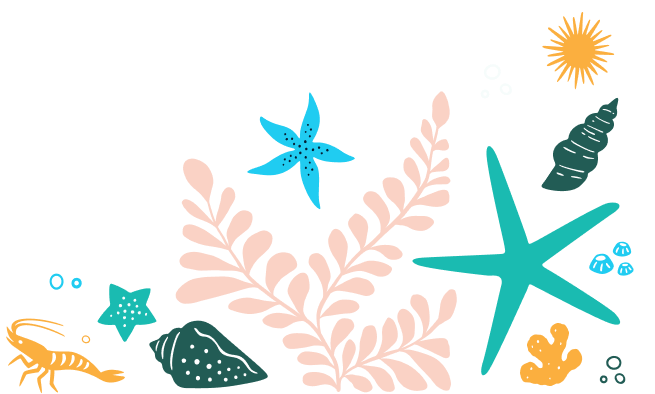1. Size – Including something for the viewer to judge size is important. A ruler is ideal but a hand, coin or end of a pencil will work as well.
2. Clarity – It is never fun when you leave the shore and go back to look at your photos only to find them blurry. Make sure to take a few photos. If you are using your phone, tap the screen to focus on the animal you are taking a photo of.
3. One animal per photo – identifying animals is easy when the photo is focused only on one animal.
- If the animal is able to be picked up, place it in your palm to take the photo.
- Do not remove animals that are stuck (chitons, limpets, really strong snails!) but get close and focus your camera on the animal you are interested in.
- Point to the individual animal if you cannot have one animal in the photo which also acts as a judge for the size of the animal.
4. Different Angles – Make sure to take a few photos with different angles of your animal, especially snails! Having a photo of the top, bottom, and side will help with more detailed identification.
5. Describe the location – Last, but not least, where did you take your photo? Was it sheltered, under rock, low, mid or high tide location from waters edge? Different marine species reside in different habitats around the shore, so knowing the location of where you found the animal can help in the identification process.
6. Light of the tide pools – It’s important to be aware of how light may affect your photo to ensure it’s not too light, dark or distorted by shadows or glare from the water which can make it hard to identify the species.


